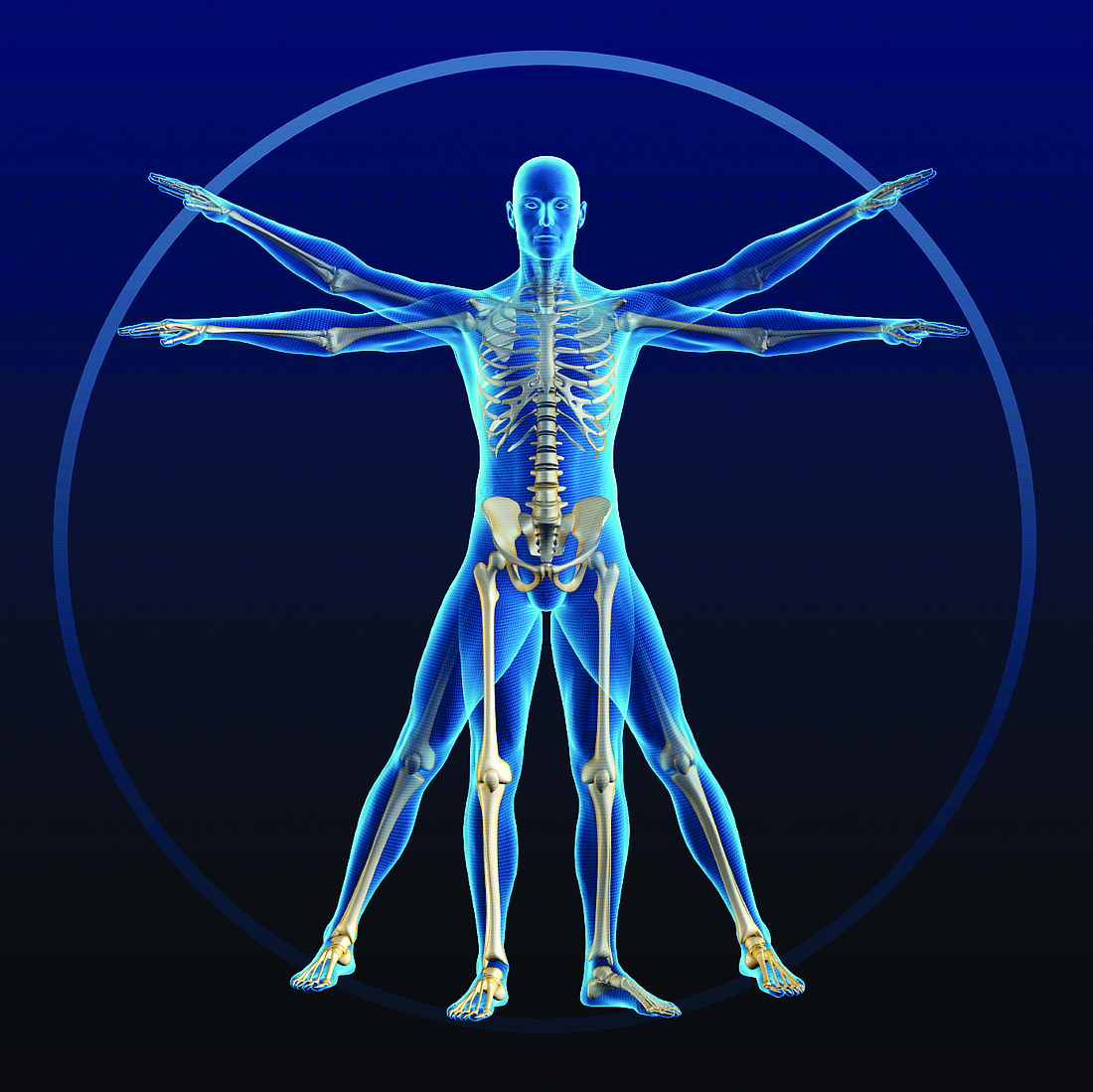- April 19, 2024
-
-
Loading

Loading

Bones have a story to tell.
Are you listening?
It is a story that often can’t be felt and typically isn’t discovered until patients reach age 50 or older and receive bone scans.
Bones thin, wear down and become less dense over time, said Laura Ottaviani, physical medicine and rehabilitation specialist at Coastal Orthopedic in Lakewood Ranch.
Weak bones can lead to falls and broken bones, Ottaviani said.
“A common misconception everyone has is you can feel your bones becoming weaker and losing density,” she said. “But it’s a silent disease.”
Muscle-strengthening through exercise is a key component in boosting bone health and endurance.
The human body has three types of muscle fibers: slow, intermediate and fast twitch. Different exercises work out different fibers. For example, endurance routines, such as long-distance running, exercise slow-twitch fibers.
“Typically when people work out, they hit the slow and intermediate fibers,” said Angela Begin, co-owner of 20 Minutes to Fitness, a strength-training studio in Sarasota.
Doing weight-bearing exercises that work fast-twitch fibers increases the amount of osteoblasts, the cells that help form bones.
“Tug and pull” exercises, during which gravity is pulling on the body, are most beneficial, Ottaviani said.
Walking and biking are beneficial for the lower body. Doing multiple repetitions of low-weight lifting helps strengthen wrists, shoulders and other bones in the upper body.
To further prevent bone loss, a healthy diet rich in calcium and Vitamin D should be coupled with exercise.
Ottaviani recommends men and women consume 1,000 mg of calcium a day and at least 800 mg of Vitamin D.
A glass of milk has 400 to 500 mg of calcium.
Sun exposure and foods such as cheese, egg yolks, tuna and salmon can provide necessary levels of Vitamin D.
“If we exercised and ate healthy, then we’re going into our 40s and 50s with a stronger skeleton,” Ottaviani said.
How Bones Age
Bone deterioration occurs more as we age. The body begins to produce more osteoclast cells — which break bones down — than osteoblasts.
“The older we are the weaker our bones become,” said Martyna Laciak Carlisle, radiologic technologist with Choice Diagnostic Imaging.
Ottaviani recommends women have bone density scans by the age of 50, and men should be checked in their mid-70s.
Because of menopause and the loss of estrogen in the female body as women age, women are at greater risk for osteoporosis than men prior to age 70.
One in two women over age 50 will experience bone loss, a 20 Minutes to Fitness study showed.
“We need to start educating younger people on bone density, so they can start building up their reserves by eating healthier and exercising,” Ottaviani said. “Your lifestyle when you’re younger can affect your bone health later in life.”